13 Popular European Spots To Avoid If You Want To Skip The Crowds
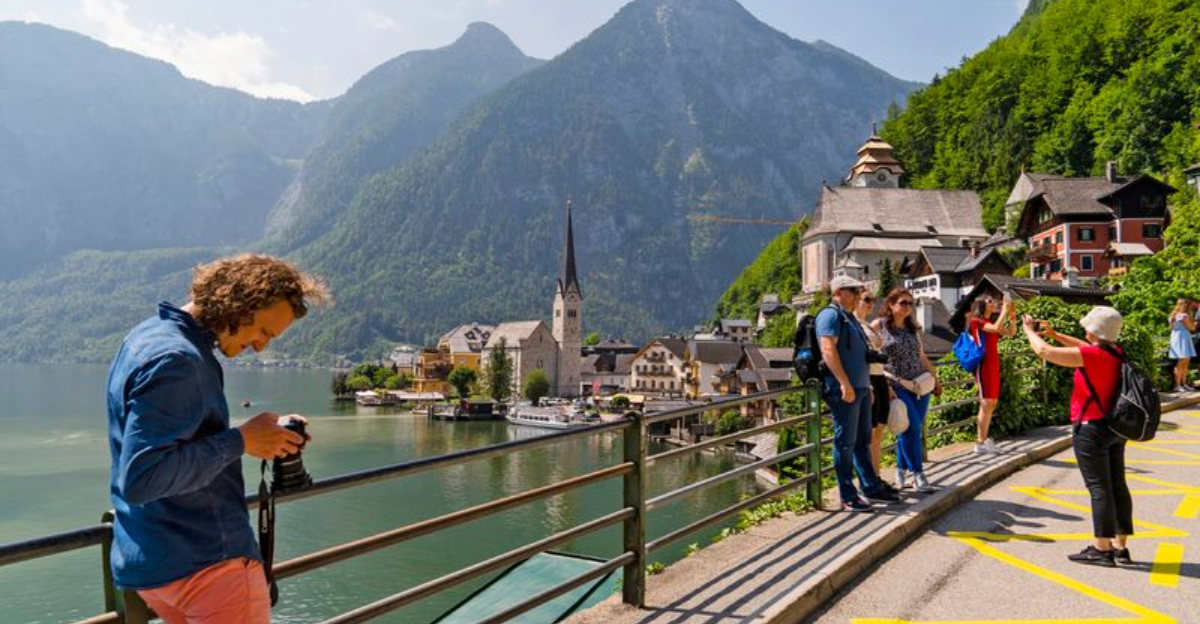
Europe’s iconic cities may be stunning, but the crowds? Not so much.
Elbowing your way through packed squares, waiting in endless lines, and overpaying for a simple coffee can quickly turn that dream vacation into a travel headache. If you crave charm without chaos, serenity over selfies, it might be time to rethink your itinerary.
These thirteen beloved European destinations are undeniably beautiful but if you’re after a calmer, more authentic experience, they may be better left off your list.
1. Santorini’s Oia Village During Sunset
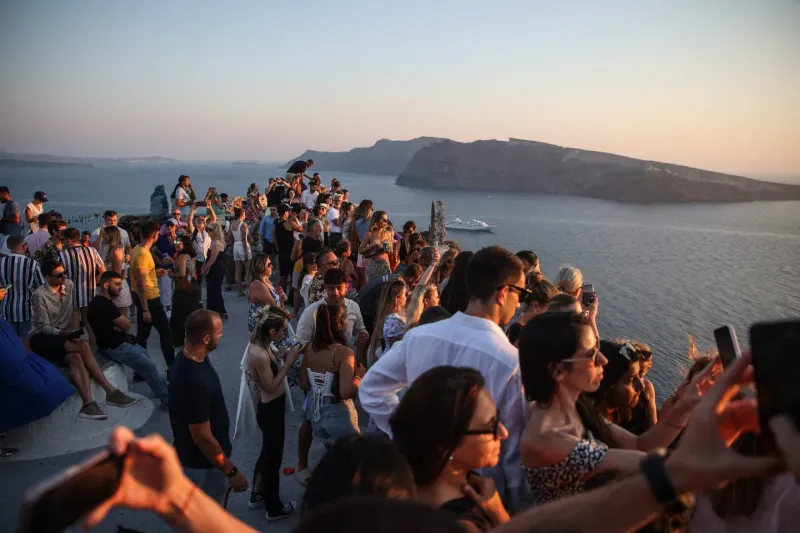
When sunset approaches in Oia, thousands of tourists gather like moths to a flame, transforming this picturesque village into a human zoo. You’ll find yourself shoulder-to-shoulder with strangers, all fighting for the perfect Instagram shot while missing the actual beauty of the moment.
The narrow pathways become completely impassable, and restaurants charge premium prices for mediocre food simply because of the location. Finding a decent spot to watch the sunset requires arriving hours early, only to stand in uncomfortable positions surrounded by selfie sticks and loud conversations.
Instead of enjoying a romantic evening, you’ll spend your time managing crowds and feeling frustrated by the commercialized atmosphere that has overtaken this once-charming Greek island destination.
2. The Trevi Fountain in Rome
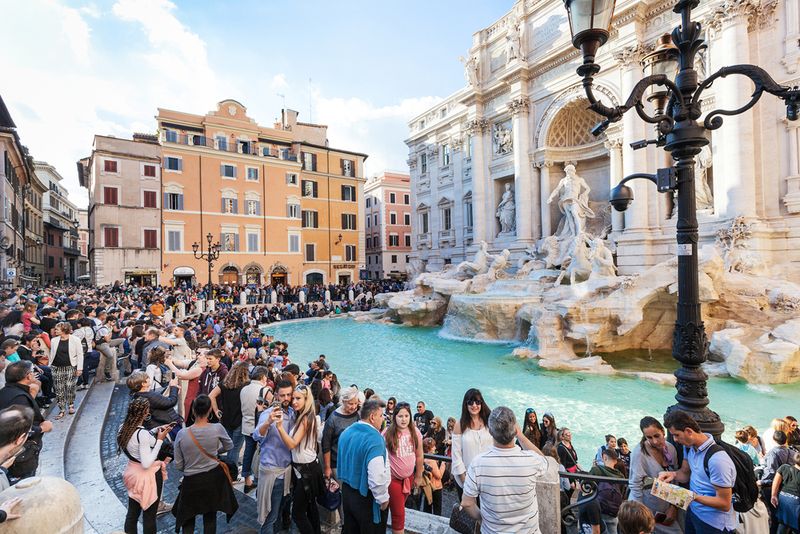
Rome’s most famous fountain attracts over 6 million visitors annually, creating a constant circus atmosphere that makes appreciation nearly impossible. You’ll wait in long lines just to get close enough for a photo, while pickpockets work the distracted crowds and street vendors aggressively push overpriced souvenirs.
The tradition of tossing coins becomes a chaotic free-for-all, with people pushing and shoving to reach the fountain’s edge. The surrounding area fills with tour groups following flag-waving guides, creating a cacophony of different languages and constant movement that destroys any sense of wonder.
Even early morning visits offer little relief, as organized tours start arriving before 8 AM, turning what should be a magical moment into a stressful crowd-management experience.
3. The Louvre Museum in Paris
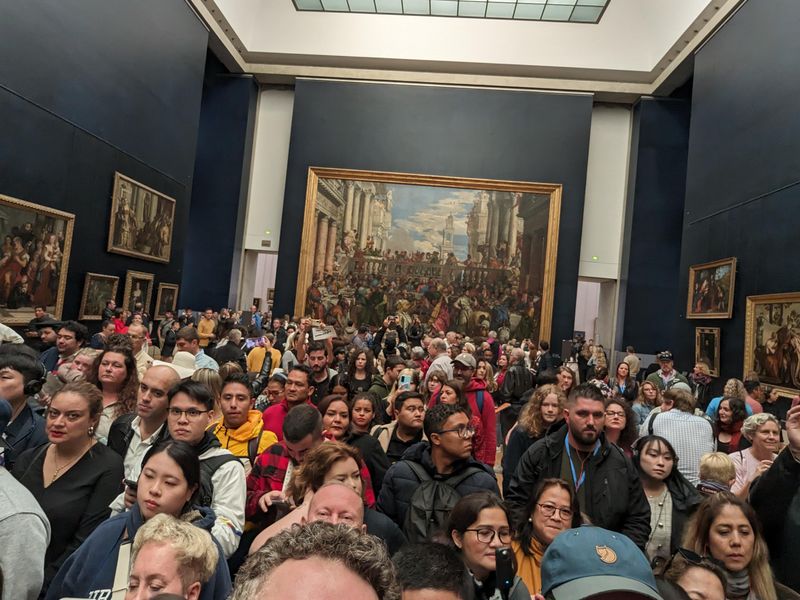
Despite being the world’s largest museum, the Louvre feels impossibly cramped when 10 million annual visitors try to see the Mona Lisa simultaneously. You’ll spend more time waiting in lines than actually viewing art, with security guards constantly telling people to move along and keep the flow going.
The most famous pieces become nearly impossible to appreciate as crowds form impenetrable walls around them. Photography becomes a contact sport, with visitors pushing past each other to capture the perfect shot while missing the actual artistic experience entirely.
Even with timed entry tickets, the sheer volume of people creates a rushed, stressful environment where contemplating beautiful art becomes secondary to simply surviving the crowds and checking items off your tourist bucket list.
4. Barcelona’s Park Güell
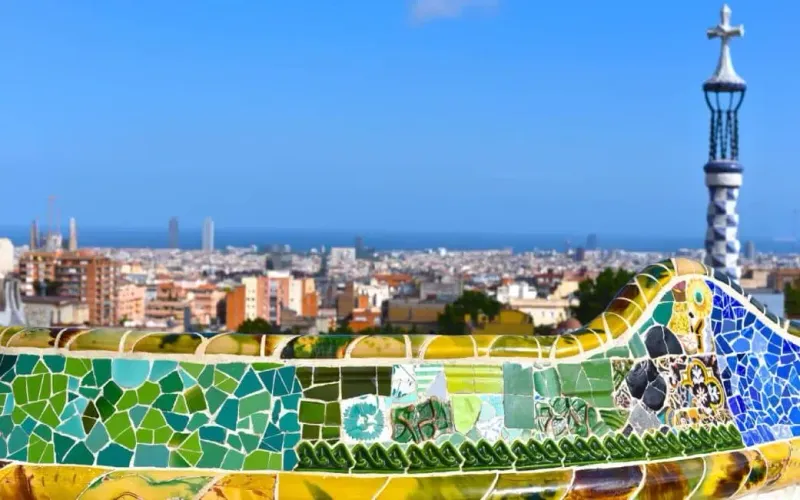
Gaudí’s whimsical masterpiece has become a victim of its own success, with timed entry tickets that still can’t control the overwhelming crowds. You’ll find yourself in a slow-moving human chain, unable to stop and admire the intricate mosaic work without blocking the flow of other frustrated visitors.
The famous serpentine bench offers no peaceful moments for reflection, as tourists constantly jostle for position to recreate the same Instagram shots. Every viewpoint becomes a photo opportunity battleground, with people waiting impatiently for their turn while others take endless selfies.
The magical atmosphere Gaudí intended gets lost in the commercial chaos, with overpriced gift shops and rushed guided tours that reduce this architectural wonder to just another checkbox on the typical Barcelona tourist itinerary.
5. Venice’s St. Mark’s Square
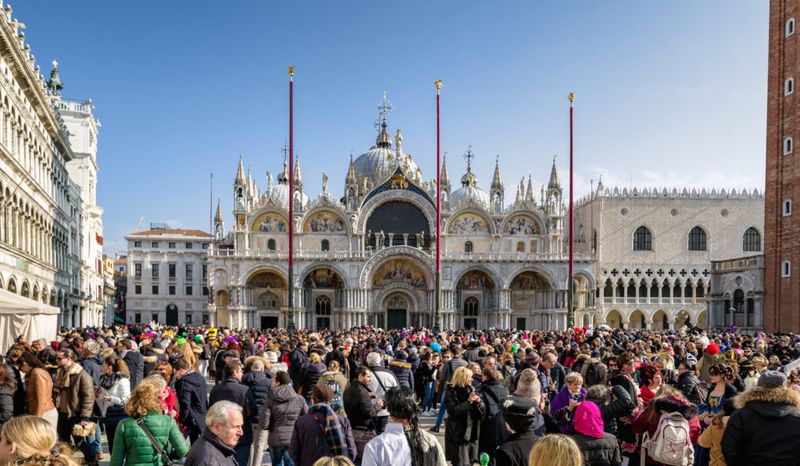
Venice’s most famous piazza transforms into an open-air sardine can during peak hours, with tourists outnumbering pigeons in this historic square. You’ll pay astronomical prices for mediocre coffee at outdoor cafés while being surrounded by the constant din of multiple languages and clicking cameras.
The basilica’s entrance queue stretches for hours, and the surrounding arcades become impassable rivers of slow-moving humanity. Street musicians compete with tour guides for attention, creating a sensory overload that drowns out any appreciation for the square’s architectural magnificence.
High tide adds another layer of chaos, with raised walkways creating bottlenecks that turn simple movement into a frustrating obstacle course. What should be a romantic European experience becomes an exercise in patience and crowd navigation.
6. The Eiffel Tower’s Viewing Decks

Paris’s iron lady attracts nearly 7 million visitors annually, turning the viewing experience into a claustrophobic nightmare of packed elevators and overcrowded observation decks. You’ll wait hours in security lines that snake around the tower’s base, only to find yourself pressed against railings with hundreds of other tourists.
The elevators become uncomfortably cramped metal boxes, and the viewing decks offer little space to move or find a quiet spot for photos. Every angle gets blocked by selfie sticks and tour groups, while vendors aggressively push miniature tower souvenirs.
The romantic Paris experience you imagined gets replaced by crowd management stress and overpriced refreshments. Even the stairs become congested with fitness enthusiasts and budget-conscious tourists, making the ascent feel more like a marathon than a leisurely climb.
7. Amsterdam’s Red Light District
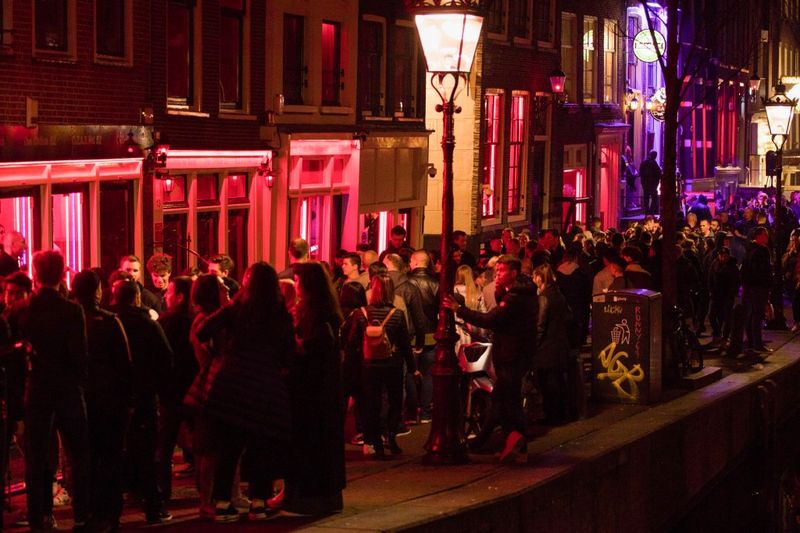
Amsterdam’s most notorious neighborhood becomes an uncomfortable human traffic jam, especially during weekends when bachelor parties and curious tourists flood the narrow medieval streets. You’ll find yourself moving at a snail’s pace through corridors packed with gawking visitors, many of whom show little respect for the area’s working residents.
The atmosphere turns more circus-like than cultural, with drunk tourists posing for photos and treating the historic district like a theme park. Local businesses struggle to serve customers through the constant flow of sightseers, and the area’s genuine character gets lost in the commercialized chaos.
Police presence increases during peak times to manage the crowds, but the experience remains stressful and far from the authentic Amsterdam culture you might hope to discover in this historically significant part of the city.
8. The Colosseum in Rome

Rome’s ancient amphitheater draws over 6 million visitors yearly, creating modern-day gladiatorial battles just to get inside. You’ll encounter endless security lines, aggressive tour operators, and pickpockets working the distracted crowds of tourists fumbling with cameras and guidebooks.
Inside, the narrow pathways become congested bottlenecks where tour groups cluster around guides with colorful umbrellas, blocking views and creating constant noise. The underground levels, once mysterious and atmospheric, now feel like subway platforms during rush hour.
Photography becomes nearly impossible without strangers in every shot, and the audio guides compete with dozens of other languages for your attention. The ancient Roman experience gets overshadowed by the very modern stress of crowd management and tourist trap navigation around this iconic historical site.
9. Neuschwanstein Castle in Bavaria
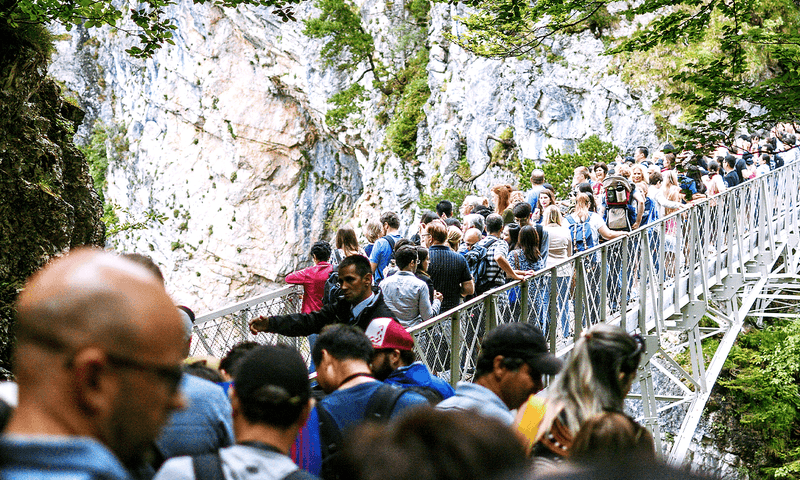
Germany’s fairy-tale castle attracts over 1.4 million visitors annually, turning the romantic Bavarian hillside into a tourist highway. You’ll join hundreds of other visitors hiking up the steep path, with tour buses constantly dropping off new groups while others struggle back down the crowded trail.
The castle tours move through rooms at breakneck speed, with guides rushing groups through to accommodate the endless stream of ticket holders. Photography inside is prohibited, but outside viewing areas become human traffic jams as everyone tries to capture the perfect castle shot.
The nearby village transforms into a commercial tourist trap, with overpriced restaurants and souvenir shops capitalizing on the captive audience. What should be a magical encounter with Bavarian history becomes a rushed, commercialized experience that leaves little time for wonder or reflection.
10. Stonehenge in England

England’s mysterious stone circle has become a drive-by tourist experience, with visitors shuffling along a predetermined path while listening to audio guides and jostling for photos. You’ll find yourself in a slow-moving human conveyor belt, unable to stop and contemplate the ancient mystery without blocking other frustrated tourists.
The stones themselves remain tantalizingly distant behind protective barriers, making the experience feel more like viewing a museum exhibit than encountering a 5,000-year-old wonder. Tour buses arrive in waves, creating periodic surges of crowds that make peaceful observation impossible.
The visitor center becomes a bottleneck of gift shops and cafés, while the surrounding landscape loses its mystical atmosphere under the constant flow of traffic and tour groups. Ancient druids would be horrified by the commercialized chaos surrounding their sacred site.
11. The Blue Lagoon in Iceland
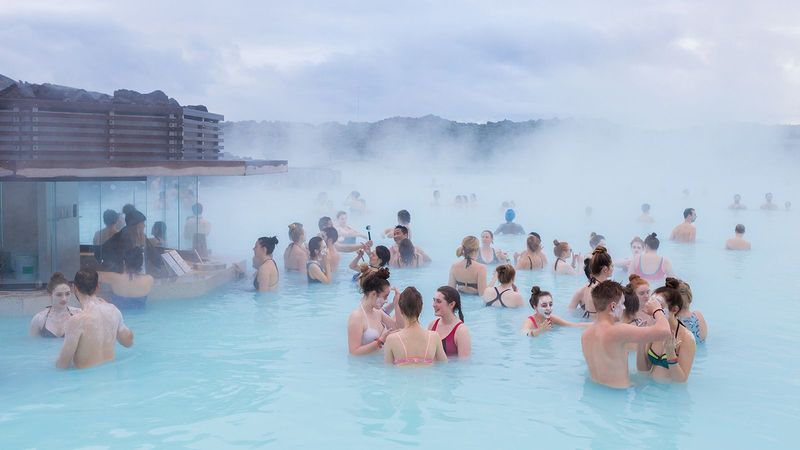
Iceland’s most famous geothermal spa has transformed from a natural wonder into an overcrowded tourist factory, with advance reservations required months ahead and premium pricing that reflects its popularity. You’ll find yourself sharing the milky blue waters with hundreds of other visitors, making relaxation nearly impossible.
The changing facilities become chaotic during peak hours, with long waits for lockers and showers while staff struggle to manage the constant flow of tourists. The spa experience feels more like a crowded public pool than a serene natural hot spring.
Photography becomes difficult with so many people in every shot, and the peaceful atmosphere gets disrupted by constant chatter and splashing. What should be a rejuvenating encounter with Iceland’s geothermal wonders becomes a stressful exercise in crowd tolerance and overpriced spa services.
12. Hallstatt Village in Austria
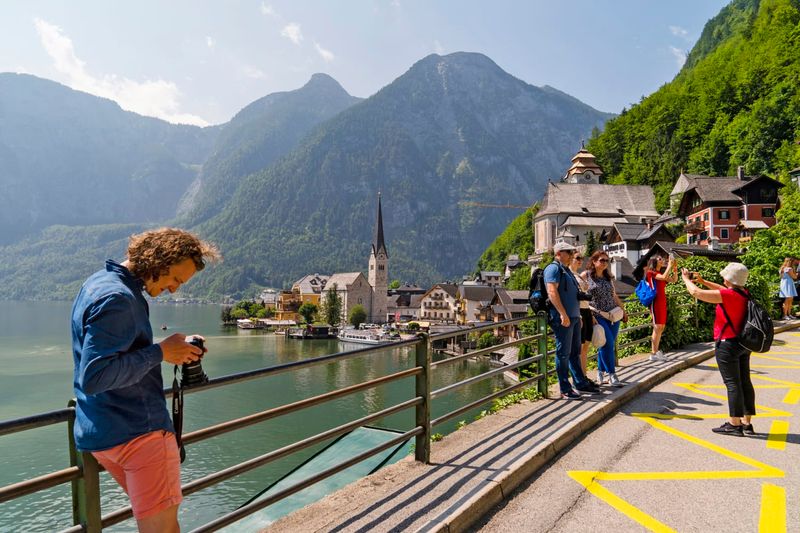
Austria’s postcard-perfect lakeside village has become a victim of Instagram fame, with up to 10,000 daily visitors overwhelming a town of just 800 residents. You’ll find yourself in traffic jams of tour buses trying to navigate streets designed for horse-drawn carts centuries ago.
The narrow pathways become impassable rivers of tourists, all trying to recreate the same iconic lakeside photo while local residents struggle to go about their daily lives. Restaurants and shops can’t accommodate the demand, leading to long waits and frustrated service.
The village’s authentic charm gets buried under the weight of mass tourism, with souvenir shops replacing local businesses and the peaceful lake atmosphere destroyed by constant camera clicks and tour guide commentary. Locals have started posting signs asking visitors to respect their community.
13. The Anne Frank House in Amsterdam
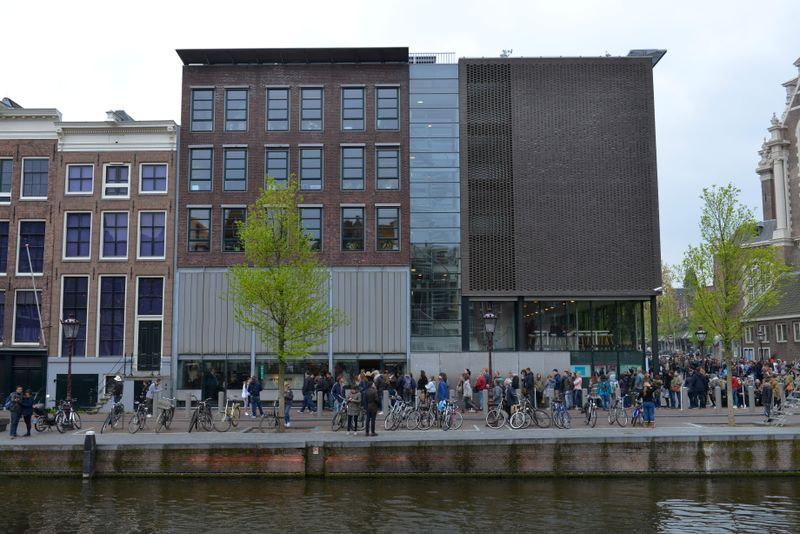
Amsterdam’s most moving historical site has become a victim of its own importance, with advance tickets selling out months ahead and crowds that make contemplation of this tragic history nearly impossible. You’ll find yourself in a slow-moving queue through narrow corridors, unable to pause and reflect without blocking other visitors.
The small rooms that once provided refuge become claustrophobic when filled with dozens of tourists, and the audio guides create a cacophony of different languages competing for attention. The emotional weight of the story gets lost in the logistics of crowd management.
Photography restrictions and time limits prevent meaningful engagement with the exhibits, while the constant flow of tour groups turns this sacred space into a tourist conveyor belt. The house deserves respectful silence, but rarely gets it during peak visiting hours.
